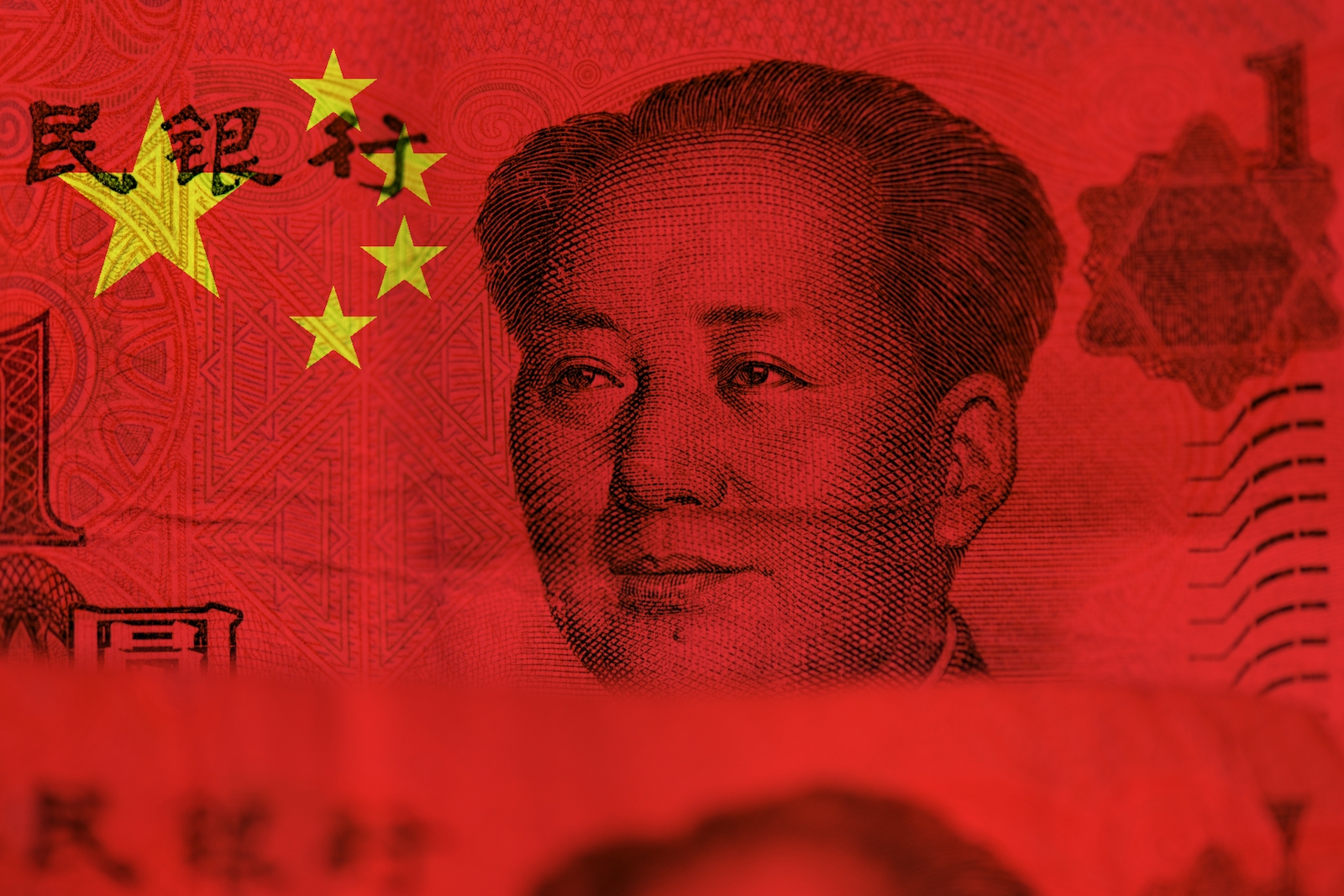
The Chinese Yuan Will Never Replace the U.S. Dollar
It has been reported that Saudi Arabia is in talks to price its oil sales in the Chinese yuan. While some countries support the yuan becoming the world’s reserve currency, economic reality dooms this effort before it can even begin.
Since the Bretton Woods Conference in 1944, the U.S. dollar has been the world’s reserve currency. At first, the dollar was the world’s reserve currency based on the amount of gold held by the U.S. Treasury. At the end of the Second World War, the United States held the largest gold reserves in the world. Other countries accumulated U.S. Treasury securities in lieu of U.S. dollars to support their currencies.
As the United States’ involvement in Vietnam dragged on, and as the United States ran massive deficits, countries became nervous about holding U.S. securities based on the gold reserves of the United States. Countries began to cash in their U.S. securities for gold, which began to deplete the gold reserves held by the United States. This reality forced then-President Richard Nixon to take the U.S. dollar off of the gold standard, and evolve the dollar into a fiat currency. Following the lead of the United States, other nations changed to a fiat currency, and today, every country in the world has a fiat currency.
Even with the United States going into a fiat currency, the U.S. dollar has remained the world’s reserve currency. Fiat currency depends on the perception of the overall wealth, and power of any individual country; and in every aspect of value and strength, the United States stands alone.
Part of the reason for the apparent durability of the United States to maintain its great power status is its geographical location. With an ocean on either side, friendly nations to its north and south, and a climate that provides some of the best farmland in the world, the United States is rather secure. Coupled with navigable rivers which provide ease of transportation of goods and services from its heartland, the United States is blessed with natural advantages. In addition, the United States is energy independent thanks to the development of oil fracking. This does not take into account the 4.2 trillion barrels of oil in the Green River Formation that has yet to be tapped.
An additional reason for America’s staying power is the enduring legacy of the U.S. Constitution, which so far has provided for a stable transfer of political power between various political antagonists, notwithstanding the attempted coup on January 6, 2021. With its history of stable courts and a friendly business environment, the United States has been an oasis of stability in the world.
Combined with the physical and non-physical advantages discussed above, U.S. demographics provide an internal manufacturing and consumer market advantage that no other nation has. While it is true that the annual growth rate of the American population is approaching stagnation levels, it can be argued that the previous Trump administration depressed demographic growth by severely limiting immigration. Coupled with the pandemic, the growth rate of the American population is anemic. Current estimates of demographic growth range from between 376 million to 404 million people by 2060. However, this would still make the United States a major manufacturing and consumer market. This is a demographic advantage no other country has.
It is a popular bit of wisdom that China is the up-and-coming superpower and that the United States is a nation in decline. While it is a popular saying, a cold and sober examination of the facts about China, the economic challenges that China faces, China’s lack of natural resources, as well as the aging demographics of China, casts a sobering picture for the future of China.
While many people rave about China’s economic growth, and businesses prostitute themselves to try and tap China’s internal market, very few pay attention to the massive amount of debt that is an impending disaster for the Chinese economy, and the danger that such a collapse could cause. Estimates of Chinese debt are to the order of $28 trillion. China’s debt to GDP ratio is 282 percent of GDP. It is thought that due to shadow lending, the percentage of debt may be even higher.
Geopolitician Peter Zeihan compares and contrasts the idea of money between the United States and China. In the United States, money is regarded as an economic good. In China, money is regarded as a political good. In the United States, money has value in and of itself. In China, money is a political good, and only has value if it can be used to achieve a political goal. The concepts of rate of return or profit margins do not exist in China, and therein lies the danger; eventually the law of supply and demand will win out, and the Chinese economy will have to face a correction. The longer it takes to face this economic correction, the greater damage that the inevitable correction will cause to the Chinese economy.
While the United States has an open economy, and money can be moved in and out at will, the Chinese government imposes capital control over moving money out of China. By restricting the flow of capital in and out of China, investors risk losing all their wealth should a political crisis develop that leads to an economic crisis.
When the bare-bone facts are examined, the advantages of the U.S. dollar over the yuan are enormous. Any rational economic actor would rather have their money in the United States, than in China.
